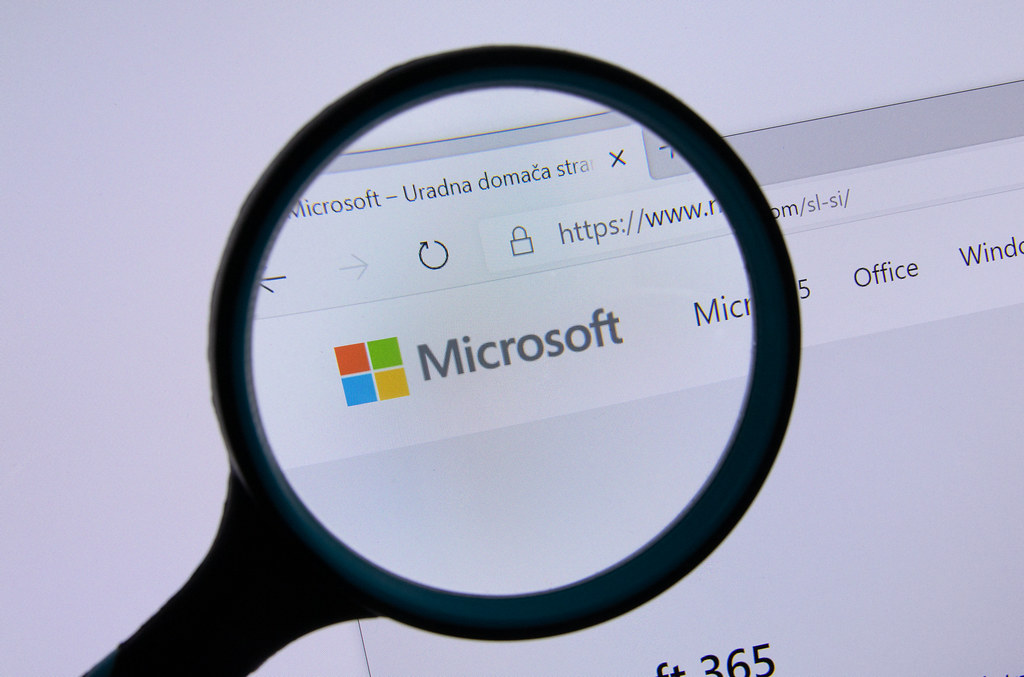Microsoft recently unveiled Radius, an open-source application development platform aimed at dramatically simplifying cloud-native programming. Radius provides developers with a flexible control plane to seamlessly deploy and run applications across private clouds, Azure, AWS, and more.
The launch signals Microsoft’s commitment to spearheading frictionless cloud-native development models. Radius handles infrastructure provisioning and orchestration behind the scenes, freeing developers to focus on writing code rather than managing servers.
Microsoft plans to submit Radius to the Cloud Native Computing Foundation (CNCF) for inclusion within six months. The CNCF already embraces Radius as exemplifying core cloud-native principles like portability and resilience.
At the heart of Radius is a universal control plane built on Azure Resource Manager, the same infrastructure deployment engine Microsoft uses internally to manage Azure. This pivotal component will be fully open-sourced, along with Bicep, a specialized language for declaratively provisioning cloud resources.
A key advantage of Radius is its flexibility and lack of opinionation. Many competing application platforms mandate specific architectures and patterns. But Radius supports an array of application types from simple two-tier to complex microservices-based programs.
Developers simply describe their desired architecture as a graph of components like databases or message buses. Radius handles all provisioning, configuration, and connectivity under the hood. This radically simplifies building robust, scalable cloud-native applications.
Microsoft already partners with major companies including Comcast and Portuguese bank Millennium BCP to extend Radius’s multi-cloud capabilities. Its commitment mirrors Microsoft’s success with the open-source Dapr project for distributed apps.
Just as Dapr transformed application development by simplifying remote communications, Radius may spur similar breakthroughs in cloud-native programming. Microsoft may even offer a Radius-powered platform within Azure in the future.
For developers, Radius promises immense time savings by eliminating infrastructure coding and setup. Integrations with Terraform, GitHub Actions, and other tools also streamline cloud-native workflows. Automating drudgery allows more focus on writing business logic.
With Radius, Microsoft aims to make cloud-native development accessible even to programmers lacking specialized DevOps skills. Just as Dapr brought distributed systems to the masses, Radius could do the same for cloud-based applications.
The launch cements Microsoft’s role as an open-source trailblazer guiding the next generation of software frameworks. As Radius matures, it could prompt a seismic shift as developers migrate in masse to cloud-native programming. The future of cloud development looks exceedingly bright under Microsoft’s visionary stewardship.
In essence, Radius represents a potential revolution in how cloud-based programs are built, deployed, and managed. Microsoft is once again leveraging its cloud expertise to dramatically simplify application development for all programmers. Radius may profoundly expand what software teams can achieve in the cloud. With Microsoft lighting the way, the future of cloud-native development has never looked more exciting and empowering.








